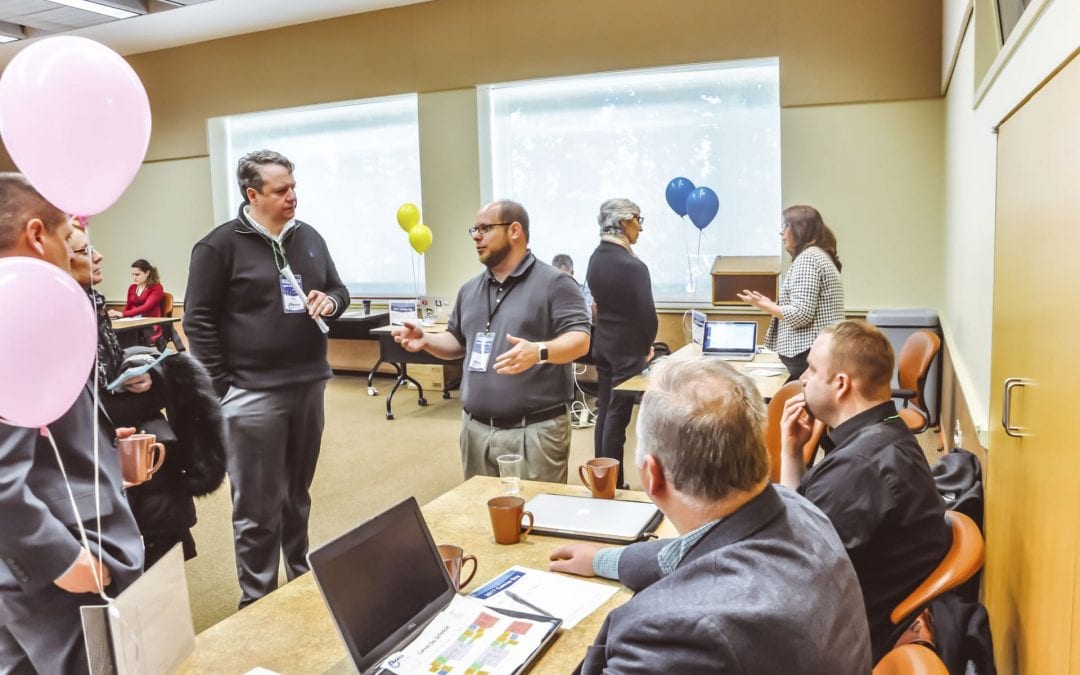Biology professor uses lab guides in Canvas to increase collaboration and learning

Bryan Wang
Note: This is the fourth in a series we are doing called Canvas Success Stories, which look at some of the more engaging ways Penn State faculty are using Canvas to teach.
While aiming to increase accessibility and sustainability, a Penn State Berks biology instructor has discovered the potential in Canvas for increased student engagement and learning.
Since the fall of 2016, Bryan Wang, an assistant teaching professor at Penn State Berks, has been creating modified versions of lab guides and incorporating them into his Canvas classes. Funding for the project is possible through the Berks Teaching and Learning Innovation Grant.
The lab guides include instructions, a space for data, and focus questions for Wang’s course, BIOL 230 W (GN) Biology: Molecules and Cells. Lab partners copy and paste the lab guide into a Content Page in their Canvas Groups space. The students are able to collaborate with each other by adding notes, data, responses, and photographs to the Page.
From a sustainability standpoint, Wang’s goal is to eliminate the need for students to print out all the course content, which was in the form of PDFs. He also wanted to update the instruction manuals in an accessible, searchable format. “It ended up becoming an enhanced classroom experience,” he said.
Wang was able to observe student collaboration increasing with the lab guides in Canvas. One lab partner will read the prompts from the lab guide while the other student completes the instructions.
Students realize their lab time has become more efficient. Wang noticed students comprehending the lab instructions better than they had in previous semesters.
“I was giving the same lectures, I was telling the same jokes, and they got it better. They were more prepared with the pre-lab content in Canvas.”
While using this group space in Canvas, students could automatically share their lab work and access it for the entire semester. Throughout the semester, students used both their mobile devices and computers to complete their coursework.

